
Above: View from the ship of the modern part of Cartagena.
Records of development and activity in Cartagena date back to 4000 B.C. around Cartagena Bay by varying cultures of indigenous peoples. The Spanish colonial city was founded on June 1, 1533 and named after Cartagena, Spain.
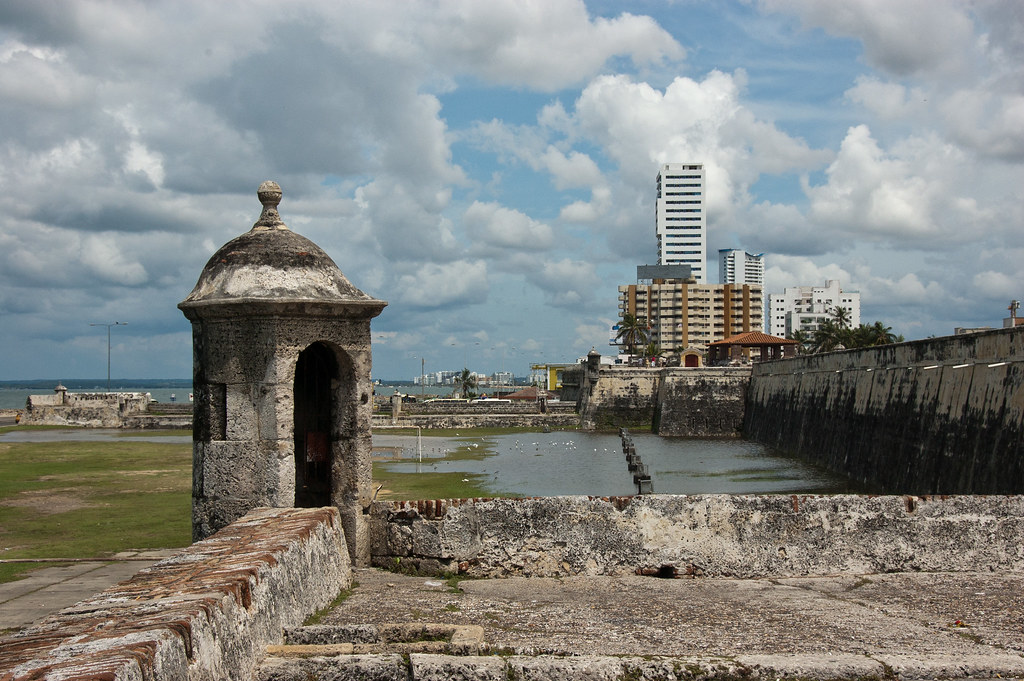
Above: The old sea wall which surrounds the colonial downtown district.
Cartagena served a key role in the development of the region during the Spanish eras; it was a centre of political and economic activity due to the presence of royalty and wealthy viceroys. In 1984, Cartagena's colonial walled city and fortress were designated a UNESCO World Heritage Site.

Above: Some of the colonial buildings in the downtown district.
The Downtown area of Cartagena has varied architecture, mainly a colonial style, but republican and Italian style buildings, such as the Cathedral's bell tower, can also be seen.
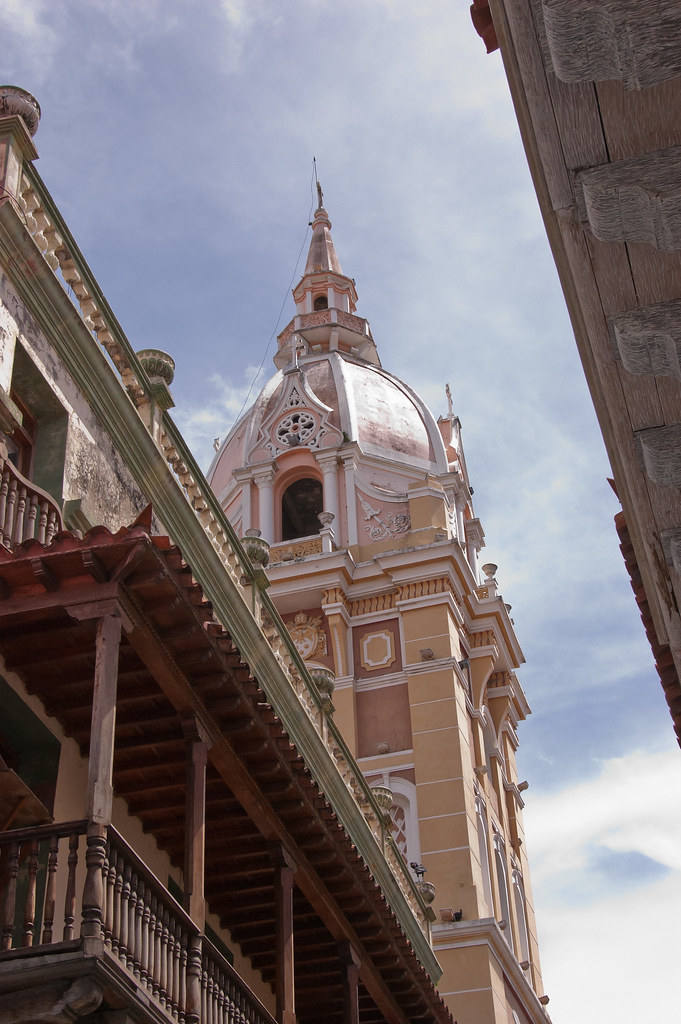
Above: The Cathedral's Bell Tower, dating back to the 16th century.
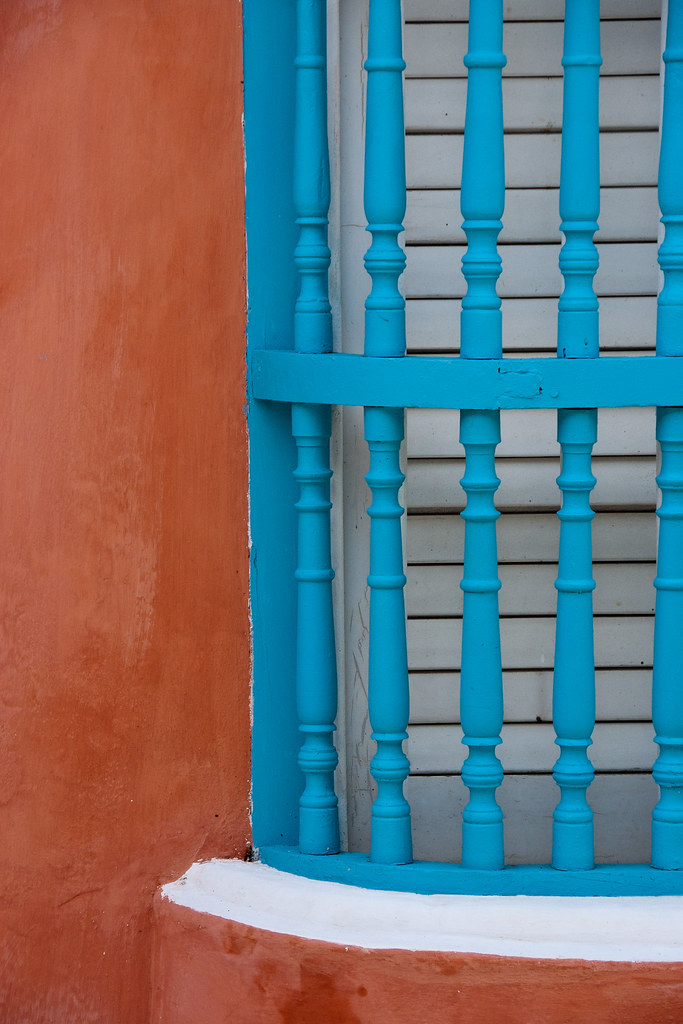
Above: The downtown area boasts some incredible colours.
The official entrance to the downtown area is the Puerta del Reloj (Clock Gate), which comes out onto Plaza de los Coches (Square of the Carriages):
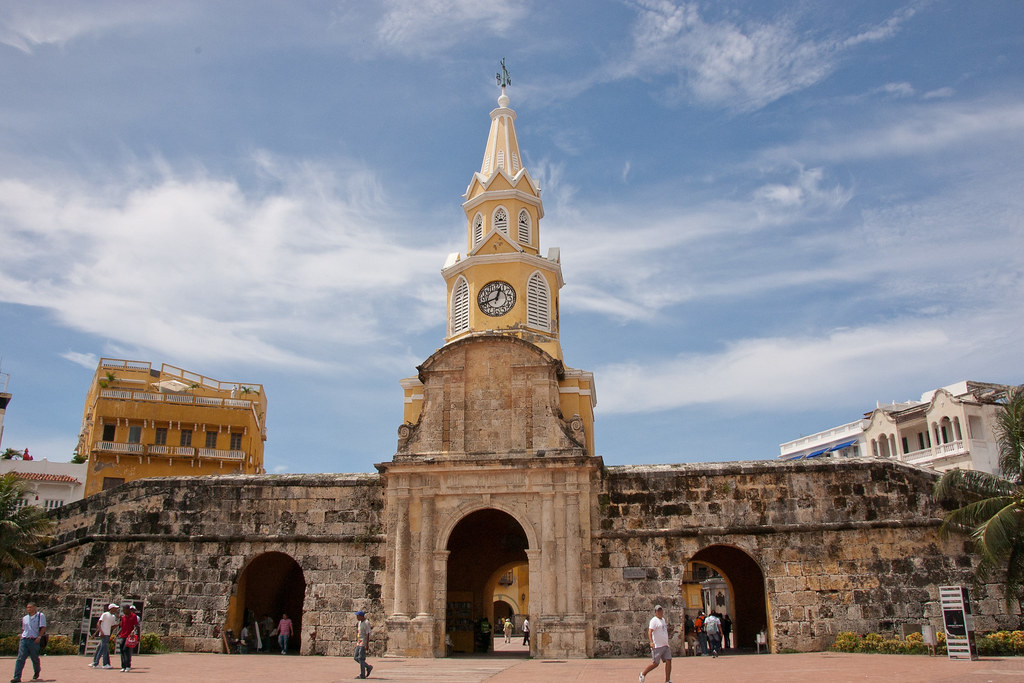
Above: The Clock Gate.
A 20-minute walk from downtown is the Castillo de San Felipe de Barajas, the greatest fortress ever built by the Spaniards in their colonies.
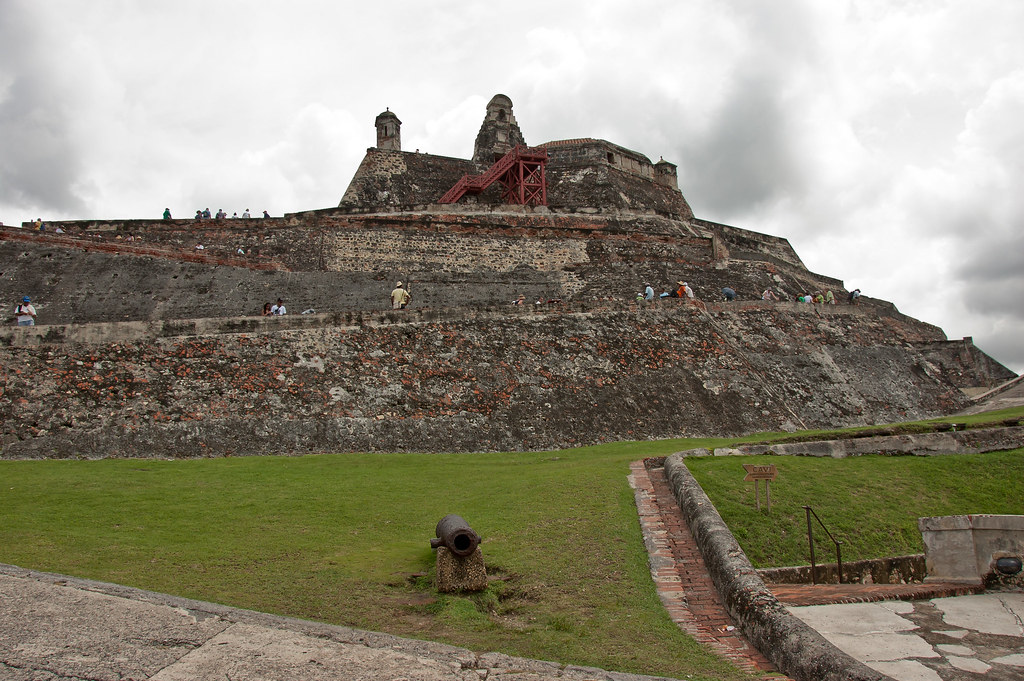
Above: The Castillo de San Felipe de Barajas.
The original fort was constructed between 1639 and 1657 on top of San Lazaro Hill. In 1762 extensive expansion was undertaken, and the result is the current bastion.
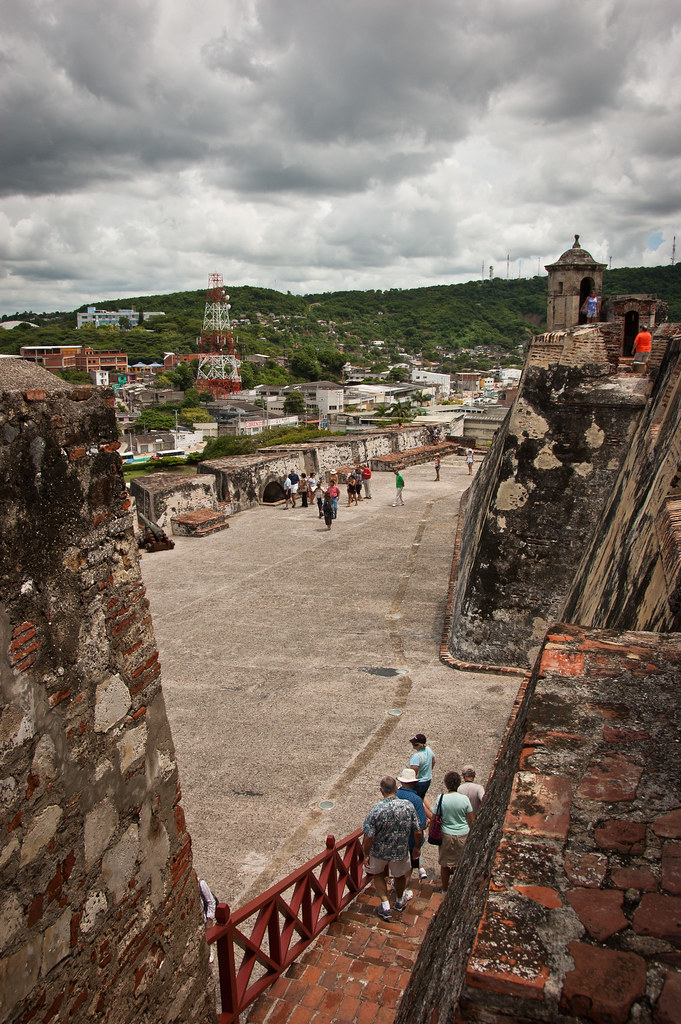
Above: Looking across the fort as tourists explore.
Numerous attempts to storm the fort were mounted, but it was never penetrated.

Above: One of the many cannons which sit atop the fortress.
An extensive system of tunnels is connected underground to distribute provisions and facilitate evacuation. The tunnels were all constructed in such a way as to make it possible to hear footsteps of an approaching enemy. I explored some of these tunnels myself:

Above: Light at the end of the tunnel!
The fort affords some great views of the city and so I had fun creating some panoramas:

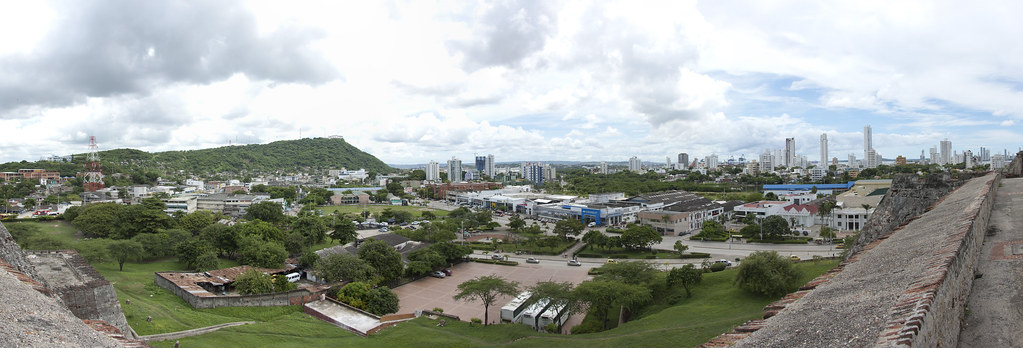
A special prize goes to the person(s) who can spot the three cruise ships (including the Zuiderdam)! A clue: they appear in both photos.
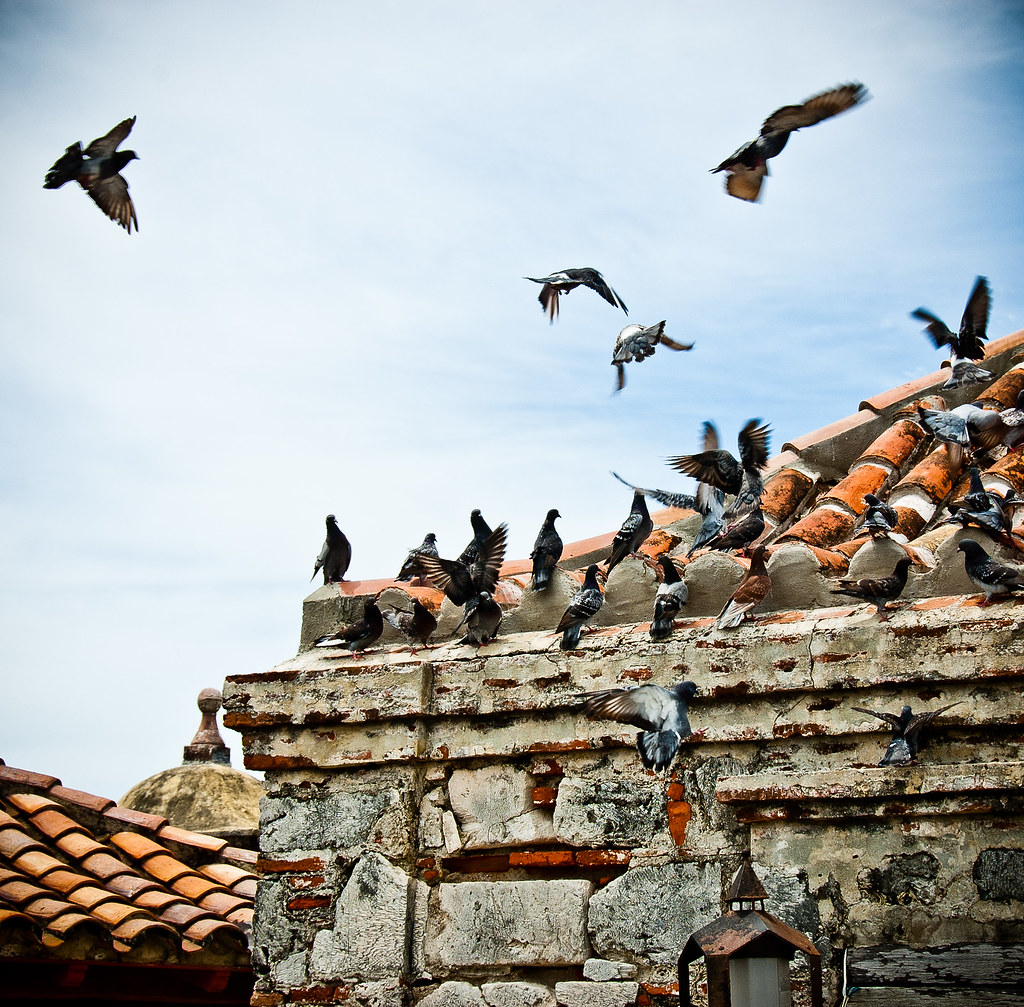
Above: Pigeons pose for this high contrast shot.
The cruise terminal at which we docked, featured many birds which were free to roam around but liked to stay in the area due to the food that they receive!

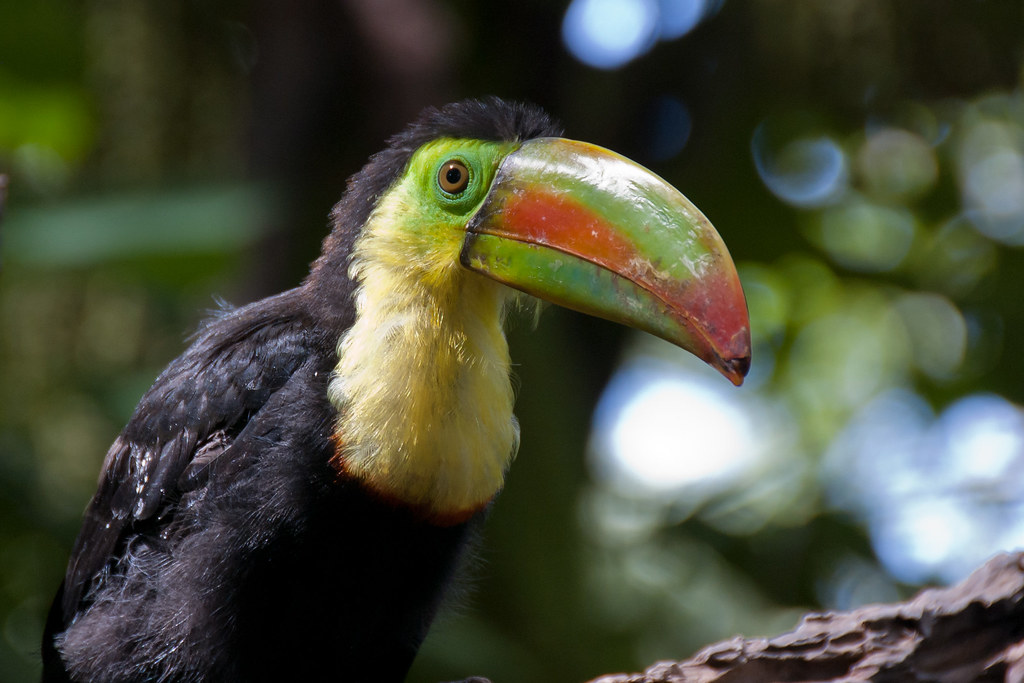

The port also afforded me the rare chance to stand underneath the bow of the Zuiderdam, as the ship came right up to the front of the dock. Quite intimidating!
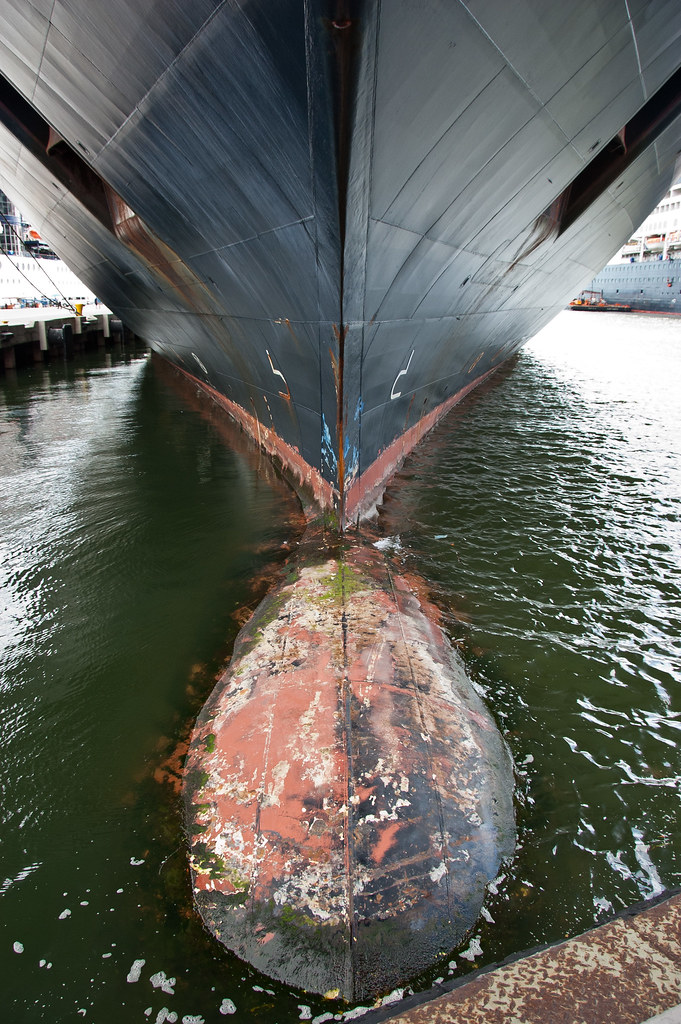
I'll leave you with the classic fruit vendor shot, taken just outside the downtown district of Cartagena. This is the end of our repositioning cruise ports so I'll be showing you around our Caribbean ports of call soon including Aruba, Costa Rica and more of Panama!


No comments:
Post a Comment